




Understanding Basic Logic Gates, Truth Tables, and Their Boolean Expressions
Logic Gates are fundamental components in electronics, used to perform logical operations on binary inputs. These gates form the backbone of digital circuits and are primarily based on Boolean Algebra. Logic Gates take one or more binary inputs (0 or 1) and produce a single binary output based on a specific operation. Understanding the different types of basic Logic Gates is essential for anyone studying digital electronics or working with circuits.
What are Logic Gates in Digital Electronics?
In simple terms, logic gates are electronic devices that manipulate binary data. They perform logical operations like AND, OR, and NOT, based on the inputs provided. Logic gates are crucial in the construction of digital circuits and are used in a wide variety of applications, such as computers, calculators, and other electronic devices.
These gates are commonly constructed using transistors and are the building blocks for more complex devices like adders, multiplexers, and flip-flops.
Types of Logic Gates
There are several Types Of Logic Gates, each performing specific logical functions:
OR Gate
AND Gate
NOT Gate
XOR Gate
Additionally, these gates can be combined in various ways, resulting in other gates like the NAND Gate, NOR Gate, XOR Gate, and XNOR Gate.
1. OR Gate
Operation: The output of an OR gate is 1 if at least one of its inputs is 1.
Boolean Expression: Y=A+B
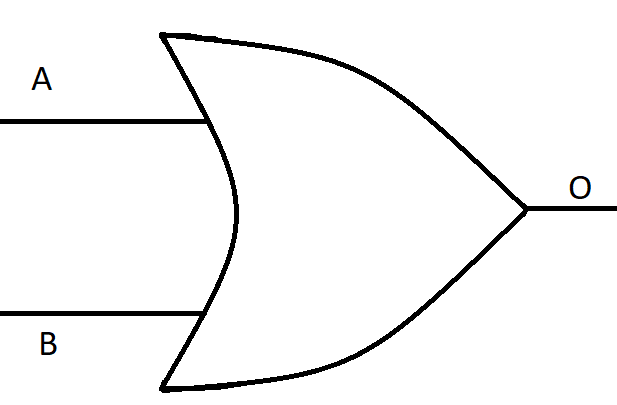
Truth Table:
2. AND Gate
Operation: The output of an AND gate is 1 only if all of its inputs are 1.
Boolean Expression: Y=A⋅B
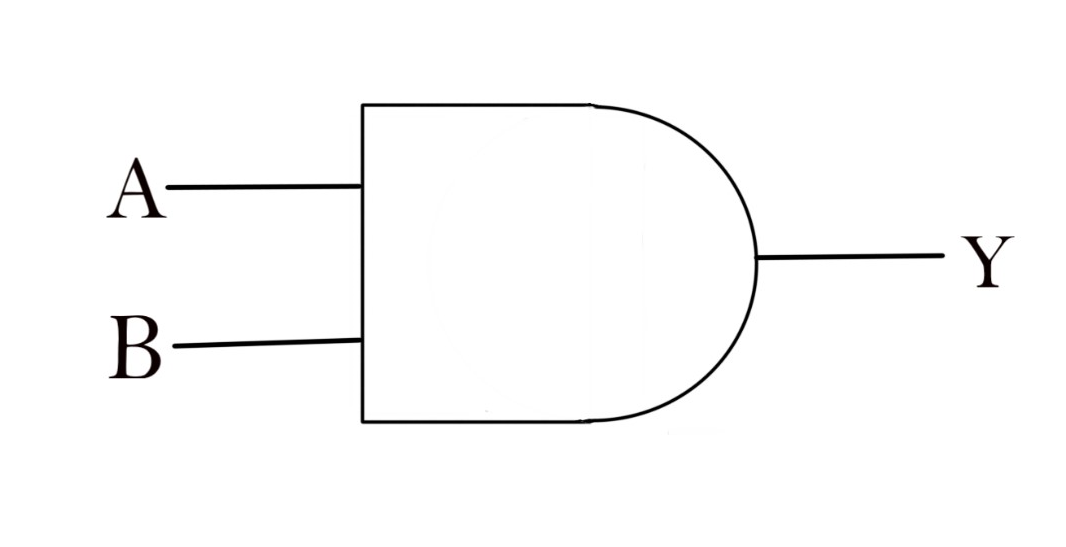
Truth Table:
3. NOT Gate (Inverter)
Operation: The output of a NOT gate is the inverse of the input. If the input is 1, the output will be 0, and vice versa.
Boolean Expression:
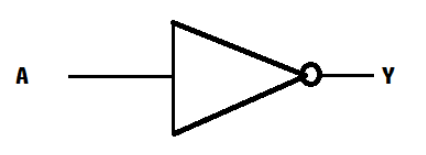
Truth Table:
4. NAND Gate
Operation: A combination of an AND gate and a NOT gate. The output of a NAND gate is the inverse of the AND gate output.
Boolean Expression:
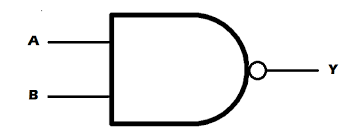
Truth Table:
5. XOR Gate (Exclusive OR)
Operation: The output of an XOR gate is 1 if exactly one of its inputs is 1.
Boolean Expression:
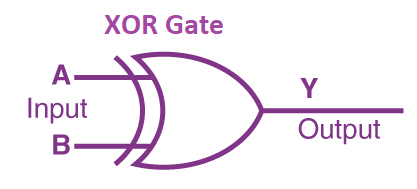
Truth Table:
6. NOR Gate
Operation: A combination of an OR gate and a NOT gate. The output is the inverse of the OR gate.
Boolean Expression:
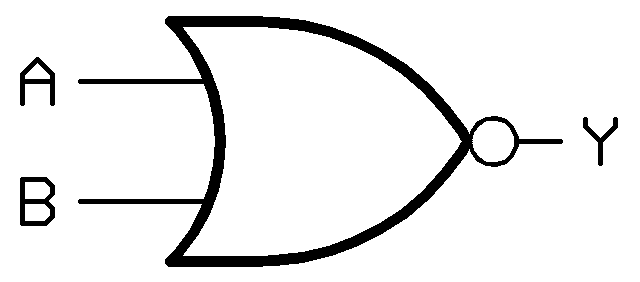
Truth Table:
7. XNOR Gate (Exclusive NOR)
Operation: A combination of an XOR gate and a NOT gate. The output is 1 when both inputs are the same (either both 0 or both 1).
Boolean Expression:

Truth Table:
Applications of Logic Gates
Logic gates are widely used in digital circuits, including:
Arithmetic Operations: Used in addition and subtraction operations in computers.
Data Storage: Essential in flip-flops and memory devices.
Control Systems: Found in traffic lights, alarms, and control systems.
Signal Processing: Used in amplifiers and filters.
Computers and Digital Devices: The foundation of central processing units (CPUs) and other computer hardware.
De Morgan’s Theorems
De Morgan’s Theorems provide rules for transforming logic gates, specifically NAND and NOR gates:
First Theorem:
This shows that a NAND gate is equivalent to a bubbled AND gate.
Second Theorem:
This shows that a NOR gate is equivalent to a bubbled OR gate.
Important Logic Gate Conversions
The logic diagram of X-NOR gate using NOR gate is given as:

Truth table:
X-NOR gate using NAND gate

Truth table:
FAQs on Logic Gate (AND, OR, XOR, NOT, NAND, NOR and XNOR)
1. What are Logic Gates?
Logic gates are fundamental electronic devices that perform logical operations on one or more binary inputs and produce a binary output. They are the building blocks of digital circuits and are based on Boolean algebra.
2. What is the Truth Table of a Logic Gate?
A truth table defines the output of a logic gate for every possible combination of input values. It helps in understanding how a gate behaves in different scenarios.
3. What is a Universal Logic Gate?
A universal logic gate is a gate that can be used to implement any Boolean function. The NAND and NOR gates are considered universal gates because they can be combined to create all other types of logic gates.
4. What is the role of Logic Gates in Digital Electronics?
In digital electronics, logic gates are used to process binary data, enabling operations like addition, subtraction, memory storage, and decision-making. They form the backbone of all digital devices, such as computers, smartphones, and calculators.
5. What Are the Different Types of Logic Gates?
The main types of logic gates are:
AND Gate
OR Gate
NOT Gate
XOR Gate
NAND Gate
NOR Gate
XNOR Gate
Each of these gates performs a unique logical operation on the inputs to produce a specific output.
6. What Are the Symbols for Logic Gates?
Each logic gate has a unique symbol used in circuit diagrams:
AND Gate: A flat-ended shape with two inputs.
OR Gate: A curved shape with two inputs.
NOT Gate: A triangle shape with a small circle at the output.
XOR Gate: Similar to an OR gate but with an additional curved line.
NAND Gate: An AND gate symbol with a small circle at the output.
NOR Gate: An OR gate symbol with a small circle at the output.
XNOR Gate: An XOR gate symbol with a small circle at the output.
7. How Do Logic Gates Operate?
Logic gates operate by applying Boolean operations to inputs. For example, in an AND gate, the output is 1 only when both inputs are 1, while in an OR gate, the output is 1 if at least one input is 1.
8. How Are Logic Gates Used in Computer Systems?
Logic gates are essential in computer systems for performing arithmetic operations, data storage, signal processing, and implementing algorithms. They are integrated into circuits such as CPUs, memory units, and input/output devices.
9. What is the Importance of Logic Gates in Modern Technology?
Logic gates are critical to the operation of modern digital devices, from simple gadgets to complex computer systems. They allow for precise control and processing of data, enabling advancements in technology such as AI, telecommunications, and automation.
10. How Do Logic Gates Work in Combination?
Logic gates can be combined in various ways to create more complex digital circuits. For example, by combining AND, OR, and NOT gates, we can create NAND and NOR gates, which are the building blocks of digital electronics.
11. What Are the Advantages of Using Logic Gates in Digital Electronics?
Logic gates provide the advantage of performing binary operations in a compact, reliable, and cost-effective manner. Their ability to handle Boolean functions allows for the creation of complex decision-making circuits, making them essential in computing, control systems, and communication devices.


































